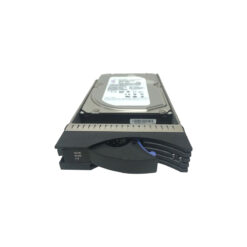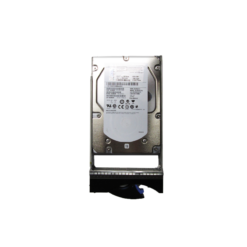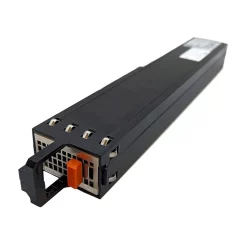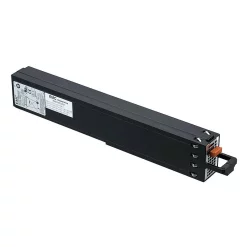EMC Unity Hybrid Flash: Delivering Lightning-Fast Performance and Scalability
Introduction to EMC Unity Hybrid Flash
EMC Unity Hybrid Flash arrays are part of the Dell EMC family of mid-range storage solutions designed to bridge the gap between performance and cost-efficiency. Offering a blend of solid-state drives (SSDs) and traditional spinning disk storage, Unity Hybrid Flash arrays deliver a powerful mix of performance, scale, and functionality ideally suited for diverse workloads.
Key Features of Unity Hybrid Flash
- Unified Storage: Supporting block and file storage, these systems cater to diverse workloads including databases, virtual environments, and file sharing.
- Data Efficiency: Features like data compression, deduplication, and thin provisioning maximize storage utilization.
- Advanced Data Protection: Incorporates snapshots, replication, and encryption to ensure data is protected across various layers.
- Scalability: Designed to scale from small to larger deployments allowing investment protection and growth flexibility.
- Intuitive Management: The HTML5-driven Unisphere management interface offers simplified and efficient management operations.
- Integration: Robust integration with VMware, Microsoft, and a variety of other APIs simplifies deployment and management in heterogeneous environments.
Architecture and Functionality
The EMC Unity architecture is built around a dual-controller Active/Active design, ensuring high availability and reliability. Each array features dual storage processors which operate independently, yet work in coordination to process I/O requests effectively.
Data Flow
When a data request is received, it enters the storage processor, which uses built-in caching (leveraging flash drives) to expedite data access.
- Write Process: Incoming writes are logged into the mirrored memory and acknowledged to applications swiftly. The data is then de-staged from cache to flash or disk based on policies and workload demand.
- Read Process: Data is first fetched from cache if available; otherwise, requests are directed to the storage pools for retrieval.
Technical Specifications
| Specification | Details |
|---|---|
| Base Model (Example) | Unity 300 Hybrid |
| Drive Support | Up to 500 SAS/SATA drives including SSDs |
| Maximum Capacity | Up to 2.4 PB raw capacity |
| Connectivity | Fibre Channel, iSCSI, NFS, SMB 3.0 |
| Data Services | Snapshots, Replication, Data at Rest Encryption |
Comparisons with Competing Technologies
Compared to all-flash arrays, Unity Hybrid Flash arrays offer a cost-effective solution by using a combination of flash and spinning drives. While all-flash arrays deliver superior performance with ultra-low latency, the hybrid approach balances performance needs with budget constraints.
EMC Unity Hybrid compares favorably against NetApp FAS systems when considering its unified architecture and manageability. However, certain specialized environments with extreme I/O demands might prefer tailor-made high-performance solutions like Dell EMC PowerMax arrays.
Real-world Use Cases
Virtualized Environments
Unity’s tight integration with VMware technologies provides an optimal solution for virtualized environments, capable of running multiple VM workloads without performance degradation.
Mixed Workload Consolidation
With its ability to handle both SAN and NAS workloads, Unity Hybrid is utilized by enterprises for consolidating diverse applications, including traditional databases, email systems, and shared file storage, onto a single platform.
Data Protection and Disaster Recovery
Organizations leverage Unity’s data protection features, such as native replication and snapshots, ensuring business continuity even in disaster scenarios.
Strengths and Weaknesses
Strengths
- Cost-effective hybrid design for balanced performance and capacity.
- Robust integration and support for diverse applications and environments.
- Scalable architecture ideal for mid-range to larger enterprise deployments.
Weaknesses
- Performance may be outpaced by all-flash arrays in specific high-intensity environments.
- Potential complexity in tuning performance profiles across hybrid media.












